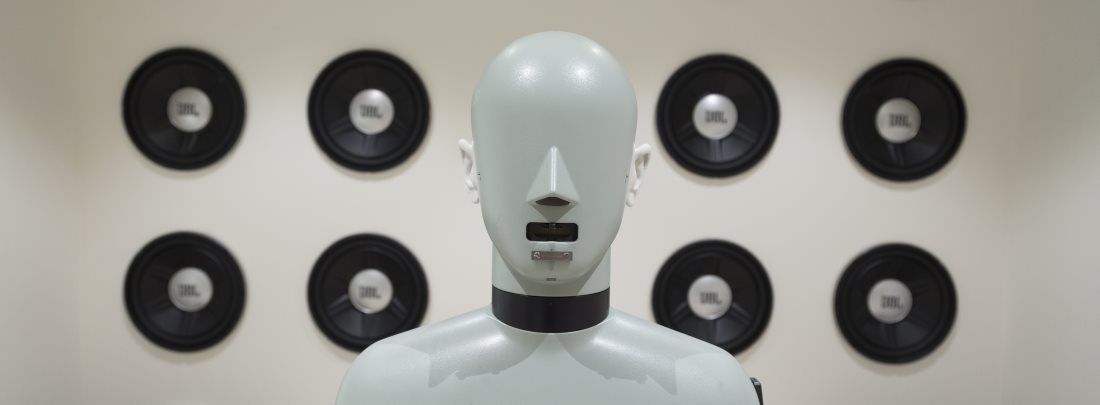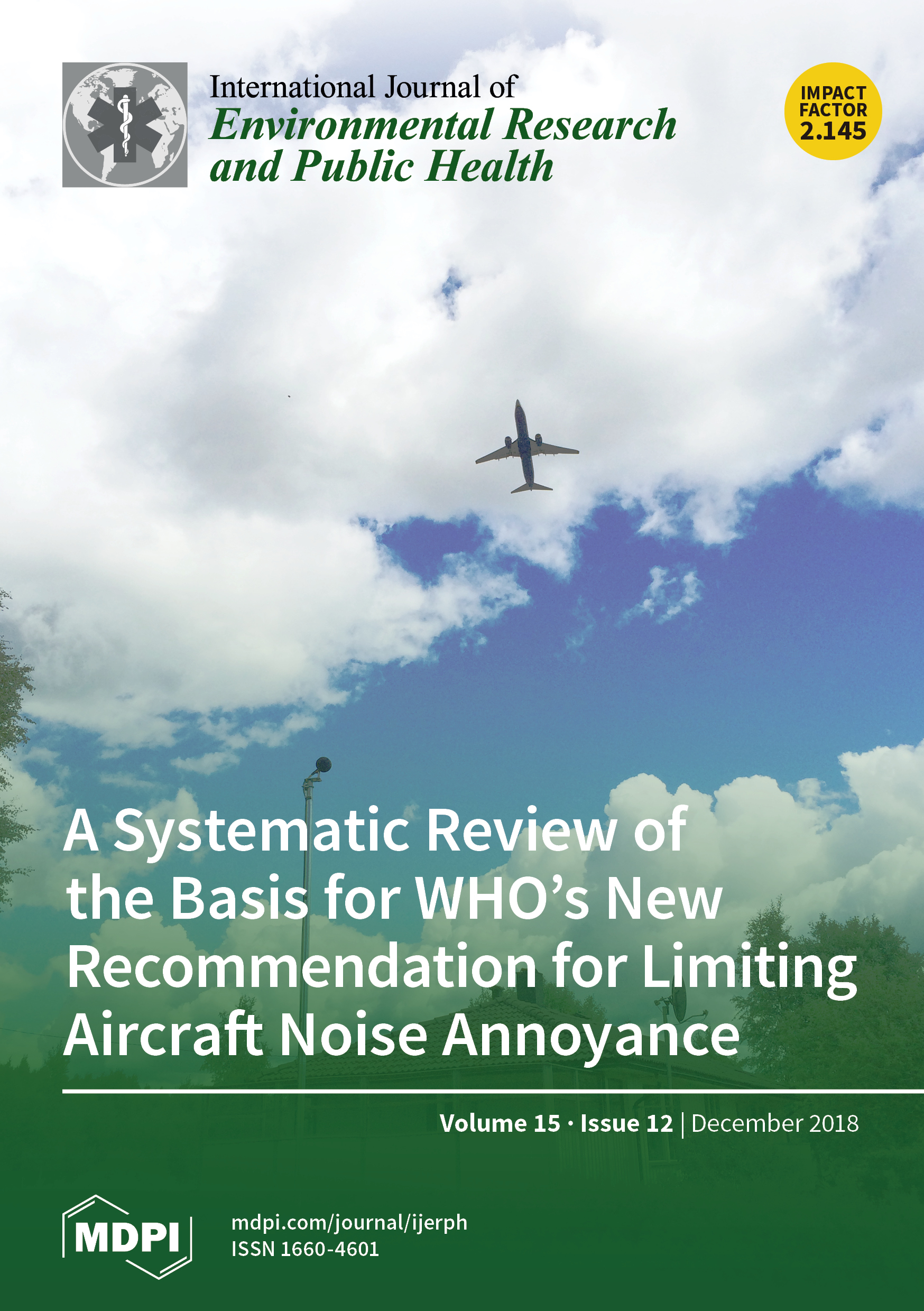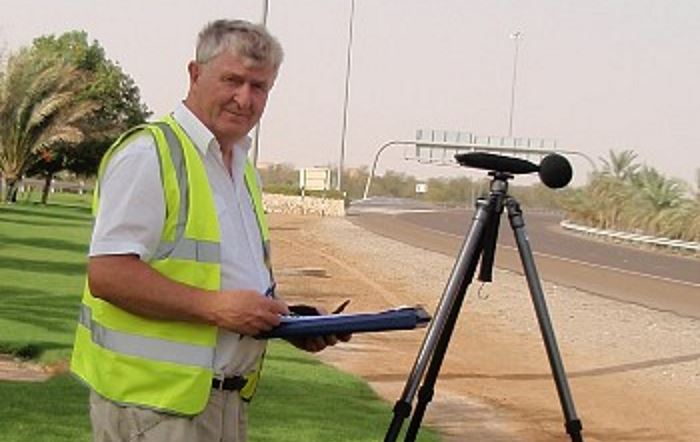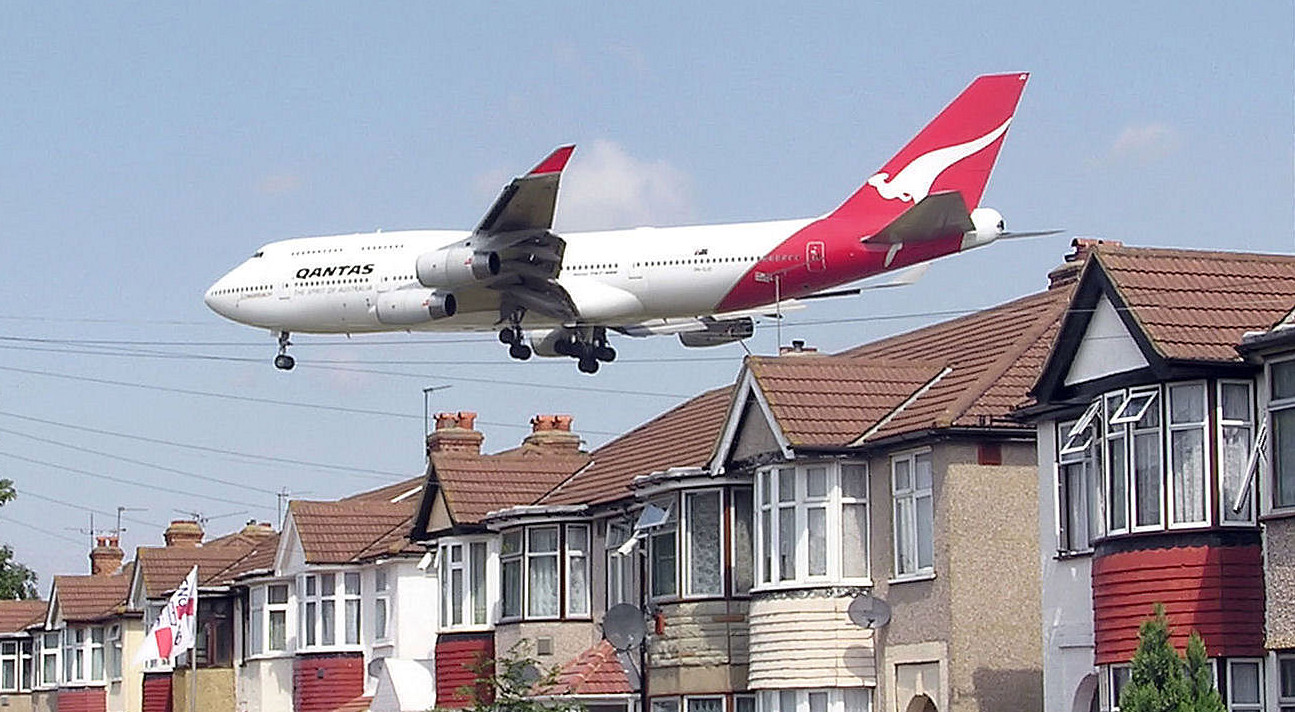The World Health Organization (WHO) has updated their recommendation on exposure to aircraft noise, but the datasets used are being questioned by our senior researcher Truls Gjestland.
Environmental acoustics
Video: Take care of your hearing!
Noise-induced hearing loss is a result of exposure to loud sounds over a long time, or to one extremely loud impulse. In addition to permanent loss of hearing, tinnitus is a common symptom. While this is the most common permanent injury in the world, it is also preventable through hearing protection equipment and safe working practices.
We have acted as scientific consultants for a new five-minute information video from Honeywell on this topic. You can see the entire video here!
Truls Gjestland, Fellow of the Acoustical Society of America
Our very own Truls Gjestland has been elected a Fellow of the Acoustical Society of America, by action of their Executive Council. This honour was bestowed on Truls due to the contributions that he has made throughout his career to research and standards development on transportation noise effects on communities.
The formal announcement and Fellowship certificate presentation will be made at the ASA meeting in Honolulu, on 30 November 2016.
Presenting the MAUS project on traffic auralisation
In the MAUS project, we have developed a prototype of a traffic auralisation tool. The idea is to realistically imitate the sound of traffic, to give an idea of how it will sound in cases that have not been realised yet, and to show the effects of various noise-reducing measures. We have previously given a simple description of how the tool works together with sound examples on this blog.
In early December, we presented a paper and a poster on the MAUS auralisation tool at the 18th International Conference on Digital Audio Effects (DAFx-15) here in Trondheim. This conference was organized by the Music Technology and Acoustics groups at NTNU.
Read more…Presenting the MAUS project on traffic auralisation
Project: Next Step
Noise induced hearing loss (NIHL) is one of the most common occupational diseases. This is a fact even if most countries have legislations specifying how much sound employees can be exposed to. Therefore new models for NIHL seem to be necessary to reduce the risk of developing hearing disorders.
In the Norwegian petroleum industry much attention has been paid to occupational noise and hearing damage in the last decade. Statoil ASA has, in collaboration with Honeywell, been involved in several projects at SINTEF with this in mind. The current ongoing project is called Next Step (Noise Exposure Tackled Safely Through Ear Protection).
Tolerance for aircraft noise remains unchanged
The annoyance response of different communities to aircraft noise has always been difficult to predict. However, in recent years, many studies report extremely high levels of annoyance for the given noise exposure levels. This has led to the belief that people are nowadays less tolerant to aircraft noise than they were a few decades ago.
We’ve looked at the results of 57 aircraft noise surveys conducted between 1961 and 2015, and found that people’s tolerance to aircraft noise hasn’t changed at all.
Predicting aircraft noise annoyance
Noise is, by its very definition, annoying. Intuitively, lots of noise is more annoying than noise that is barely audible. Therefore, the concept of “tolerance” is important: Given the noise situation, can we predict people’s annoyance with this noise?
To answer this question, we first need ways to quantify both annoyance and noise. Annoyance is an emotion, but that does not mean it is not measurable. Researchers have developed very specific questions and answer scales that allow for international comparison of people’s annoyance with specific types of noise.
How do you imitate the sound of traffic?
We previously wrote about the MAUS project, where we are building an auralisation tool to simulate the sound from virtual noise sources outdoors in order to give a realistic representation of how a future noise source will sound when it has been developed. One such noise source that we have been working on is traffic, one of the biggest issues in environmental acoustics. But how do you simulate the sound of traffic on a computer?
MAUS: Auralisation of outdoor noise
Imagine that a new road was planned for construction close to your house. Naturally, you might want to know how much this would impact the noise situation in the area where you live. Currently, what the developers would be able to tell you are numbers called equivalent levels that describe the noise increase in your area. While these numbers may be based on excellent simulations and may be entirely correct, numbers are no substitute for listening!
Project: Aircraft noise annoyance in Norway
Aircraft noise unquestionably causes annoyance, but reactions to a given noise exposure vary wildly. The Norwegian Defence Estates Agency and SINTEF ICT Acoustics have teamed up to strengthen the connection between the aircraft noise situation and the annoyance response of airport neighbours.
For this purpose, we have assessed annoyance due to aircraft noise in Norway, by conducting noise annoyance surveys near five Norwegian airports. Respondents were asked about their annoyance from aircraft noise directly, but they also got questions that were more specific, like:
- When during the day are you most annoyed by aircraft noise?
- What kind of flight activities do you consider specifically annoying?
The aim of the research project is to use the obtained data to explain why respondents in different communities respond differently to the same noise dose.








